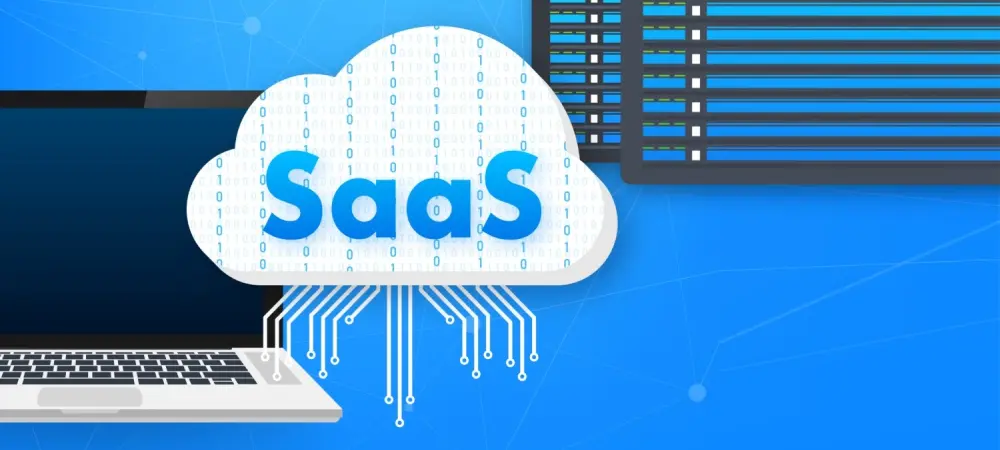The emergence of the nOAuth flaw has spotlighted a critical security vulnerability in Microsoft’s Entra ID, posing a significant threat to thousands of software-as-a-service (SaaS) applications even though the flaw was discovered two years ago. This vulnerability, highlighted by Semperis at the TROOPERS25 conference, threatens roughly 15,000 SaaS applications that remain exposed to unauthorized access and data breaches. Initially identified in June 2023 by Descope, nOAuth targets multi-tenant OAuth applications connected to Microsoft Azure AD by exploiting weak app configurations. These insecure configurations give attackers the ability to take over accounts merely by obtaining an Entra tenant and the target’s email address, fundamentally undermining conventional security measures. Despite advancements in cybersecurity, standard defenses like multifactor authentication and Zero Trust policies have proven ineffective against the nOAuth flaw. This challenge underscores the urgent need for SaaS vendors to stay vigilant and proactive in addressing such threats to maintain robust security measures.
Understanding the Scale of the nOAuth Vulnerability
The magnitude of the nOAuth flaw cannot be understated, given its extensive impact on numerous SaaS platforms and the inherent risks it poses to organizations. Combining ease of exploitation with a profound effect on cloud security, the vulnerability allows attackers to employ unauthorized email claims to gain user credentials, bypassing authentication protocols and breaching data safeguards. SaaS developers inadvertently follow insecure coding patterns due to a lack of awareness, perpetuating the threat’s persistence and invisibility. The absence of effective detection mechanisms further exacerbates the situation, leaving enterprise customers defenseless against potential breaches. While the flaw primarily affects Microsoft Azure AD’s authentication, its implications reverberate across various sectors relying on SaaS applications for daily operations. Semperis’s revelation indicates enduring risk if SaaS vendors and developers do not prioritize identifying such vulnerabilities within their systems. The information technology landscape continuously evolves, but this vulnerability highlights that even established systems remain susceptible to unforeseen security threats unless diligently monitored.
Strategies for Strengthening SaaS Applications
To effectively address the nOAuth flaw and mitigate potential exploitation, Semperis underscores the importance of implementing robust security protocols across all levels of SaaS development and deployment. Developers are advised to rigorously adhere to Microsoft’s guidelines, which focus on establishing a defense-in-depth strategy that reinforces application configurations. Regular software updates, combined with proactive threat assessments, play a vital role in curbing vulnerabilities like nOAuth. Equally crucial is the enhancement of log correlation between Entra ID and associated SaaS platforms, enabling organizations to identify suspicious activity and preemptively respond to potential threats. As security threats grow increasingly sophisticated, a dynamic and adaptive approach to security management becomes imperative. SaaS vendors must remain steadfast in fortifying their systems against emerging vulnerabilities while educating developers and end-users on best practices for maintaining secure environments. Additionally, consistent collaboration between security experts and industry leaders fosters innovative solutions to stay ahead of threat actors targeting cloud-based applications.
Proactive Measures and Future Considerations
The nOAuth flaw has raised alarms about a severe security vulnerability in Microsoft’s Entra ID, affecting thousands of software-as-a-service (SaaS) applications, despite being discovered two years ago. This critical issue, brought to light by Semperis at the TROOPERS25 conference, compromises approximately 15,000 SaaS apps, leaving them vulnerable to unauthorized access and data breaches. Initially found by Descope in June 2023, nOAuth targets multi-tenant OAuth applications linked to Microsoft Azure AD by exploiting weak app configurations. These insecure setups allow attackers to seize accounts by simply obtaining an Entra tenant and the target’s email, fundamentally bypassing conventional security measures. Even with advances in cybersecurity, typical defenses like multifactor authentication and Zero Trust policies have been ineffective against this flaw. The persistence of such vulnerabilities highlights the urgent need for SaaS providers to remain vigilant and proactive in securing their systems to ensure robust defenses against emerging threats.

